There has been a cute little meme circulating on the internet which I use as the featured image for this post. This idea being… apparently… that in Australia the minimum wage is higher than the US yet the price of the commodity, here a burger from McDonald’s, is cheaper. Therefore, it is evil capitalist plutocrats who are screwing the people. And, presumably, the way to fix that problem is not to improve your skill set and move to a better job but to unleash government on the evil capitalists, take their sh** and give it to you. That is the American way, right?
Life is rarely as simple as a Facebook meme.
Australia has several minimum wages. While someone 21 and older working at McDonalds does get $16+ an hour, not every employee gets that and the data are in Australian dollars (conversion tool)
This has the predictable impact:
To start, some Australians actually make less than the adult minimum wage. The country allows lower pay for teenagers, and the labor deal McDonald’s struck with its employees currently pays 16-year-olds roughly US$8 an hour, not altogether different from what they’d make in the states. In an email, Greg Bamber, a professor at Australia’s Monash University who has studied labor relations in the country’s fast food industry, told me that as a result, McDonald’s relies heavily on young workers in Australia. It’s a specific quirk of the country’s wage system. But it goes to show that even in generally high-pay countries, restaurants try to save on labor where they can.
The real question, of course, is the purchasing power represented by that minimum wage. If you compare standard of living in Sydney to Atlanta you see that it is about 40% more expensive to live in Sydney. And when you look at comparisons of standards of living between nations, the US ranks above Australia.Overall, when cost of living is factored in, the Australian worker is little further ahead than his American counterpart:
What’s more, there are multiple misconceptions about comparing the minimum wage across countries. The minimum wage in Australia, for example, is age dependent. For an 18-year-old worker (remember, most minimum wage earners in the U.S. are 16- to 24-year-olds), the minimum wage is 11.52 Australian dollars ($10.20). For a first-year apprentice, on the other hand, the minimum wage is only AU$9.28 ($8.22).
Consumer prices are also lower in the U.S. than Australia, so after adjusting for prices, the purchasing power equivalent of the Australian minimum wage for 18-year-olds is only $7.16 — about 9 cents less than the U.S. minimum wage. Even currency-adjusted comparisons are flawed — the gap is much smaller when you take purchasing power into account, and it’s almost non-existent for young workers.
What is also striking is that the number of minimum wage workers in Australia (1.5 million) is approximately equal to the number of minimum wage workers in the United States (1.52 million) though the US workforce is orders of magnitude larger. The implication in this number is that the artificially high minimum wage has acted to stultify upward mobility in the work place. If anything, it looks as though the price of the Big Mac works independently from the minimum wage:
The minimum wage, far from benefiting workers, acts as a restraint on contract rights, it forces the cost of goods and services up, and, in the long run, it destroys small businesses and prevents low skill workers from ever getting a step on the employment ladder. Small wonder that Obama wants to raise it.
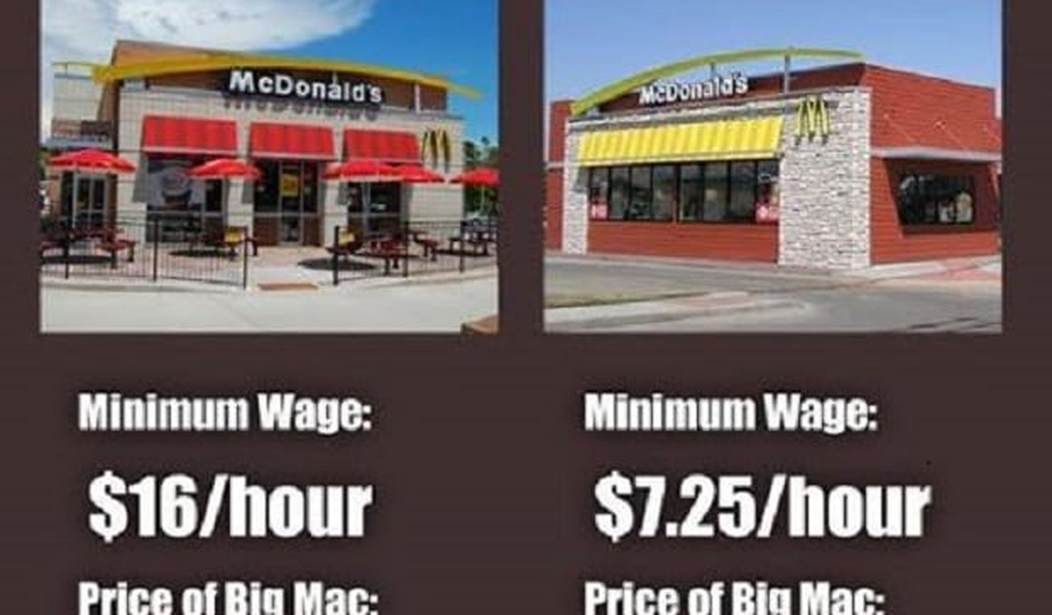



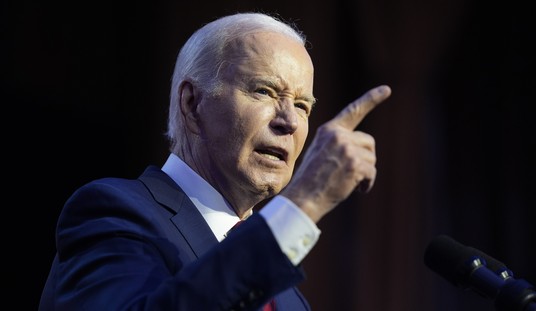

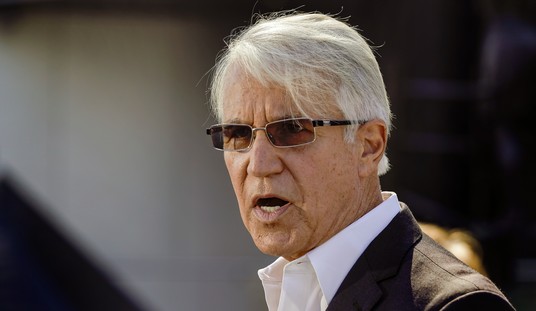
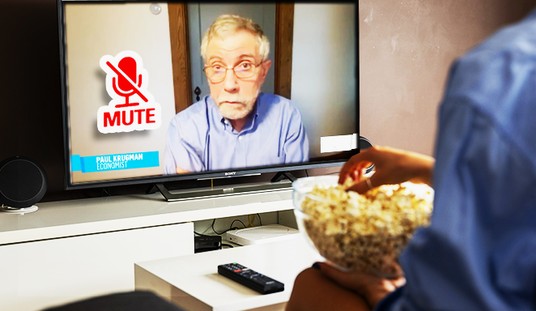

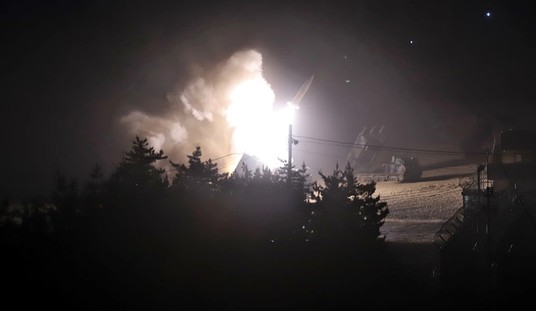
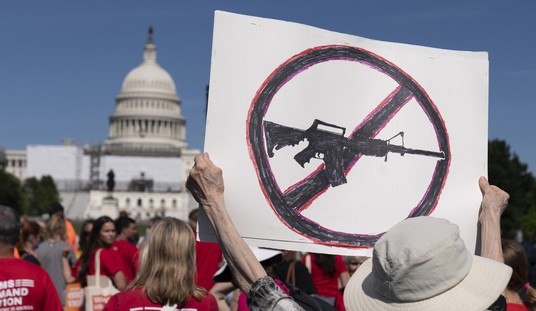
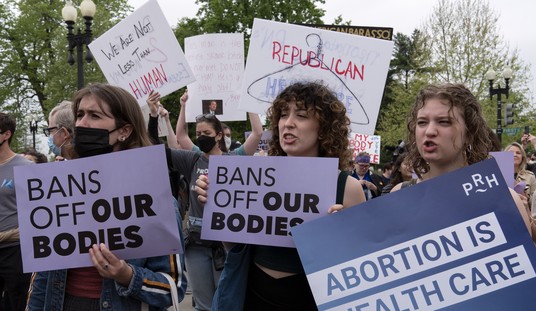
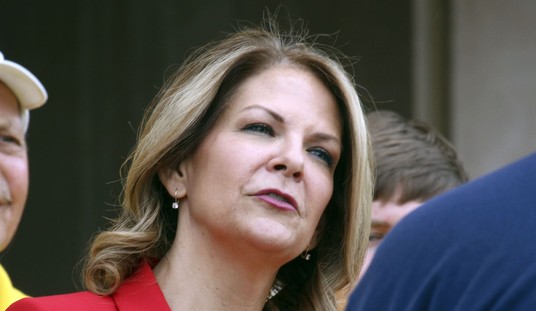




Join the conversation as a VIP Member